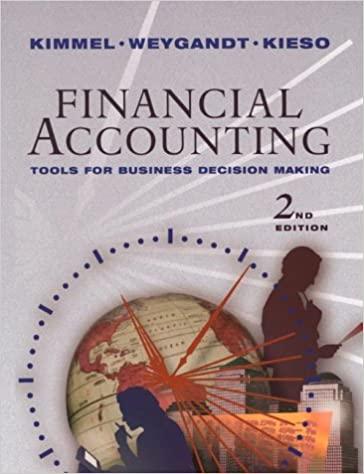Merck & Co., Inc., and Johnson & Johnson are two leading producers of health care products. Each
Question:
Merck & Co., Inc., and Johnson & Johnson are two leading producers of health care products. Each has considerable assets, and each expends considerable funds each year toward the development of new products. The development of a new health care product is often very expensive and risky. New products frequently must undergo considerable testing before they are approved for distribution to the public. For example, it took Johnson & Johnson 4 years and $200 million to develop its 1-DAY ACUVUE contact lenses. Here are some basic data compiled from the 1998 financial statements of these two companies:

Instructions
(a) What kinds of intangible assets might a health care products company have? Does —
the composition of these intangible assets matter to investors? That is, would Merck be perceived differently if all of its intangibles were goodwill than if all of its intangibles were patents?
(b) Using the asset turnover ratio, determine which company is using its assets more effectively. [Note: In 1997 total assets were $25,736 million for Merck and $21,453 million for Johnson & Johnson. |
(c) Suppose the president of Merck has come to you for advice. He has noted that by eliminating research and development expenditures, the company could have reported $1.8 billion more in net income in 1998. He is frustrated because much of the research never results in a product, or the products take years to develop. He says shareholders are eager for higher returns, so he is considering eliminating research and development expenditures for at least a couple of years. What would you advise?
(d) The notes to Merck’s financial statements indicate that Merck has goodwill of $4.3 billion. Where does recorded goodwill come from? Is it necessarily a good thing to have a lot of goodwill on your books?
Step by Step Answer:

Financial Accounting Tools For Business Decision Making
ISBN: 9780471347743
2nd Edition
Authors: Paul D. Kimmel, Jerry J. Weygandt, Donald E. Kieso





